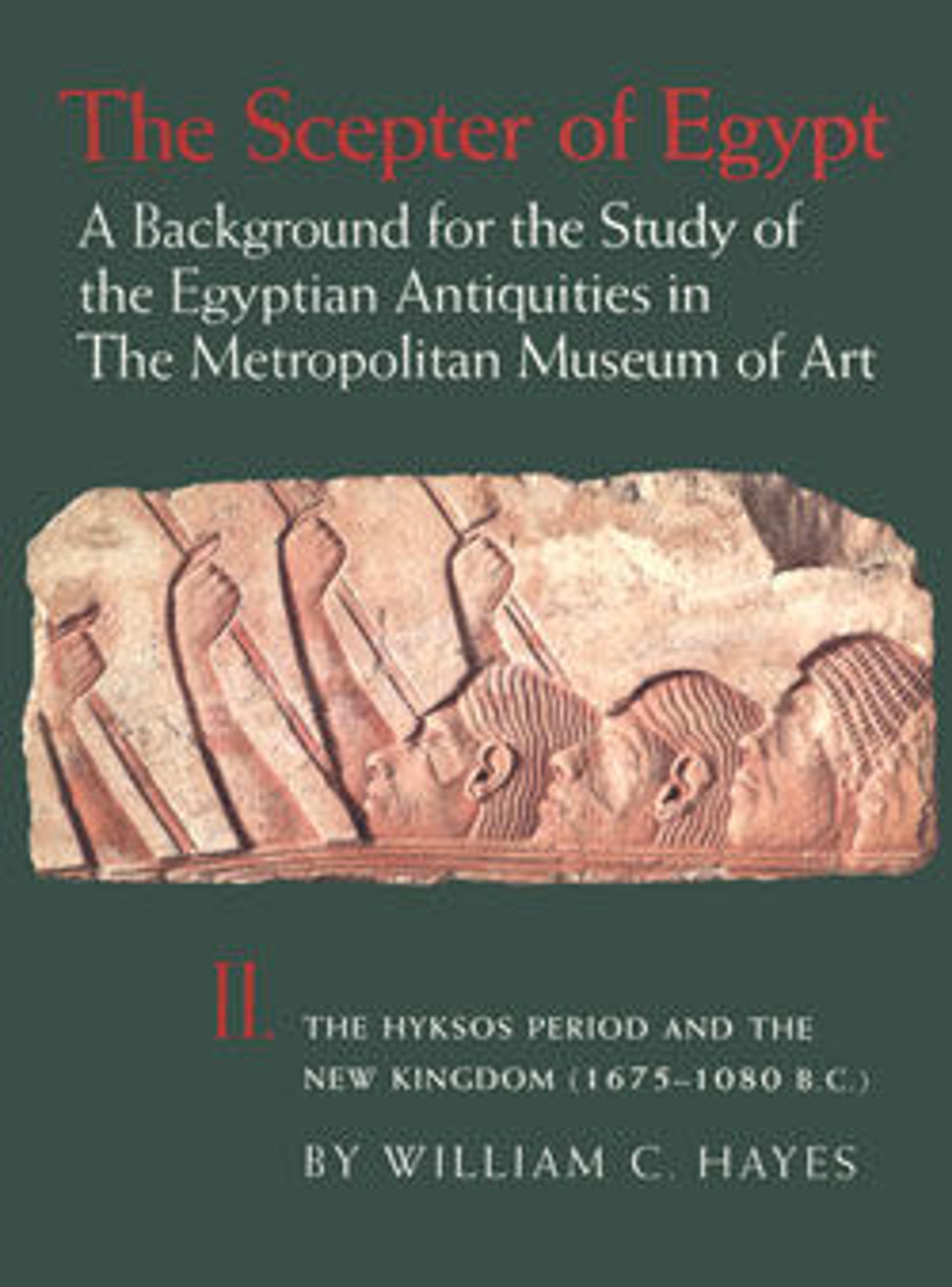Canopic jar of Tetinakht: Imseti
Three canopic jars (12.181.253a–c) were found in a tomb dating to the beginning of Dynasty 18. Two of the lids are shaped like animal heads, representing the jackal-headed deity Duamutef, protector of the stomach, and the falcon-headed deity Qebehsenuef, protector of the intestines. This jar, with the human-headed lid, represents the deity Imseti, protector of the liver. These are three of the Four Sons of Horus. Missing from the set is the fourth jar, which probably had a baboon-headed lid representing Hapy, protector of the lungs.
These are the earliest datable examples of animal-headed lids on canopic jars, a style that did not become common until later in the New Kingdom. In earlier periods, the lids were different. Old Kingdom canopic jars were often covered with simple disk-shaped lids (see 14.7.16–.19), and from the Middle Kingdom into the early New Kingdom, they were usually covered with human-headed lids (see 11.150.17a–d).
For a complete set of animal-headed canopic jars, see 12.183.1a–d.
These are the earliest datable examples of animal-headed lids on canopic jars, a style that did not become common until later in the New Kingdom. In earlier periods, the lids were different. Old Kingdom canopic jars were often covered with simple disk-shaped lids (see 14.7.16–.19), and from the Middle Kingdom into the early New Kingdom, they were usually covered with human-headed lids (see 11.150.17a–d).
For a complete set of animal-headed canopic jars, see 12.183.1a–d.
Artwork Details
- Title: Canopic jar of Tetinakht: Imseti
- Period: New Kingdom
- Dynasty: Dynasty 18, early
- Reign: reign of Ahmose I
- Date: ca. 1550–1525 B.C.
- Geography: From Egypt, Upper Egypt, Thebes, Asasif, Birabi, Tomb CC 9, Carnarvon/Carter excavations, 1907–11
- Medium: Pottery, Marl A4
- Dimensions: Overall H. 29 cm (11 7/16 in); diam. 19.1 cm (7 1/2 in). Lid: H. 9.7 cm (3 13/16 in.); Diam. 11.6 cm (4 9/16 in.); Diam. of rim 7 cm (2 3/4 in.)
- Credit Line: Rogers Fund, 1912
- Object Number: 12.181.253b.1, .2
- Curatorial Department: Egyptian Art
More Artwork
Research Resources
The Met provides unparalleled resources for research and welcomes an international community of students and scholars. The Met's Open Access API is where creators and researchers can connect to the The Met collection. Open Access data and public domain images are available for unrestricted commercial and noncommercial use without permission or fee.
To request images under copyright and other restrictions, please use this Image Request form.
Feedback
We continue to research and examine historical and cultural context for objects in The Met collection. If you have comments or questions about this object record, please complete and submit this form. The Museum looks forward to receiving your comments.
